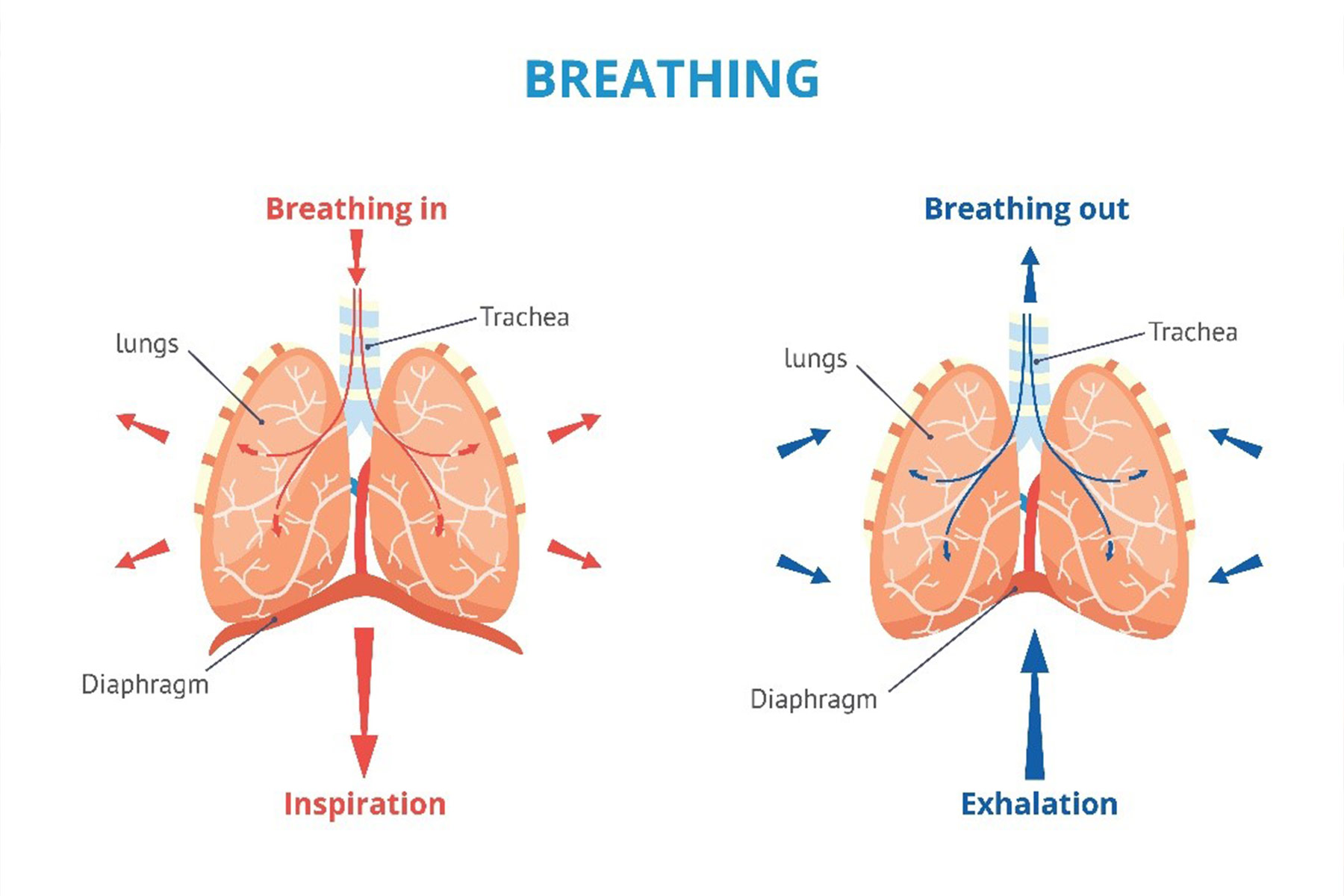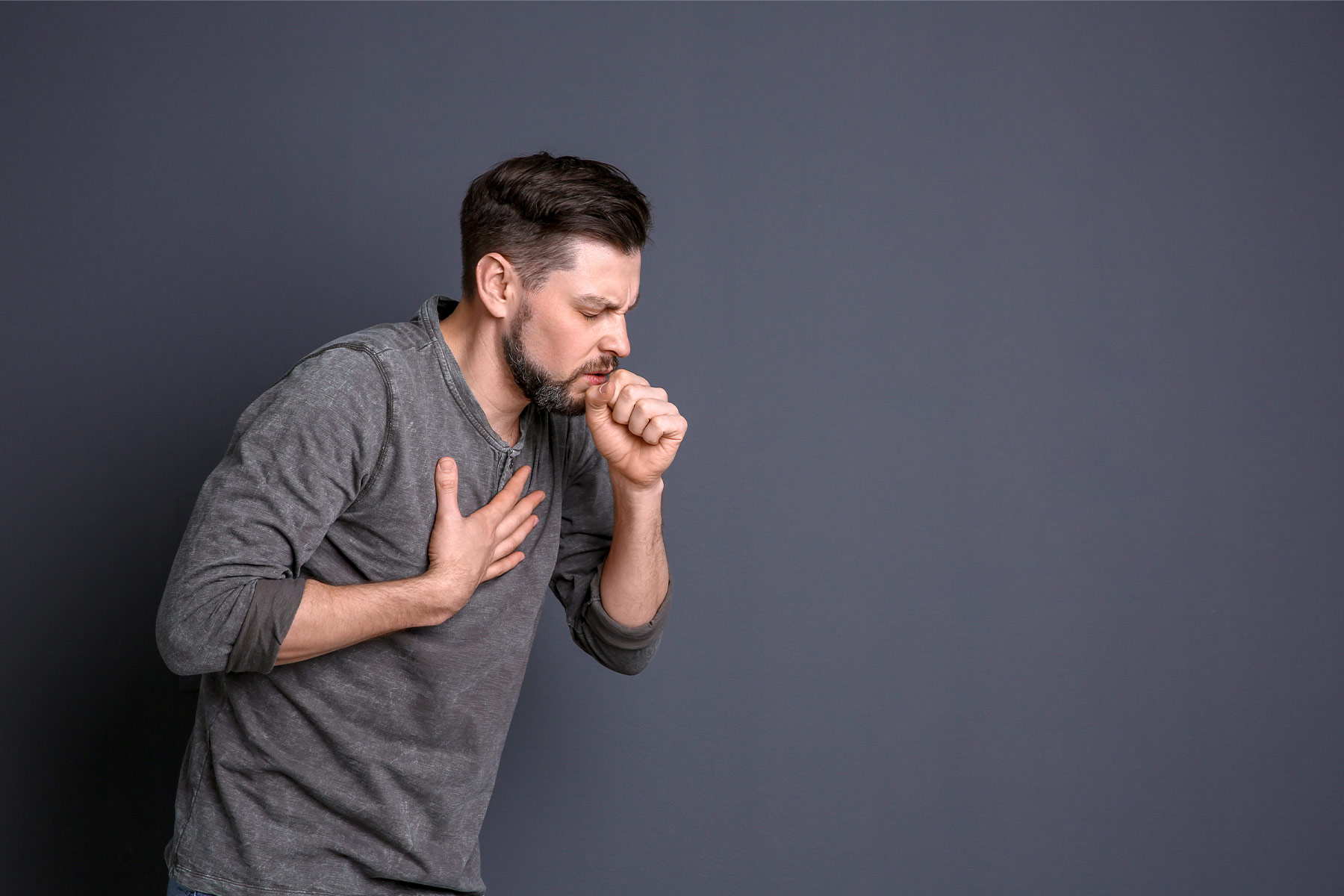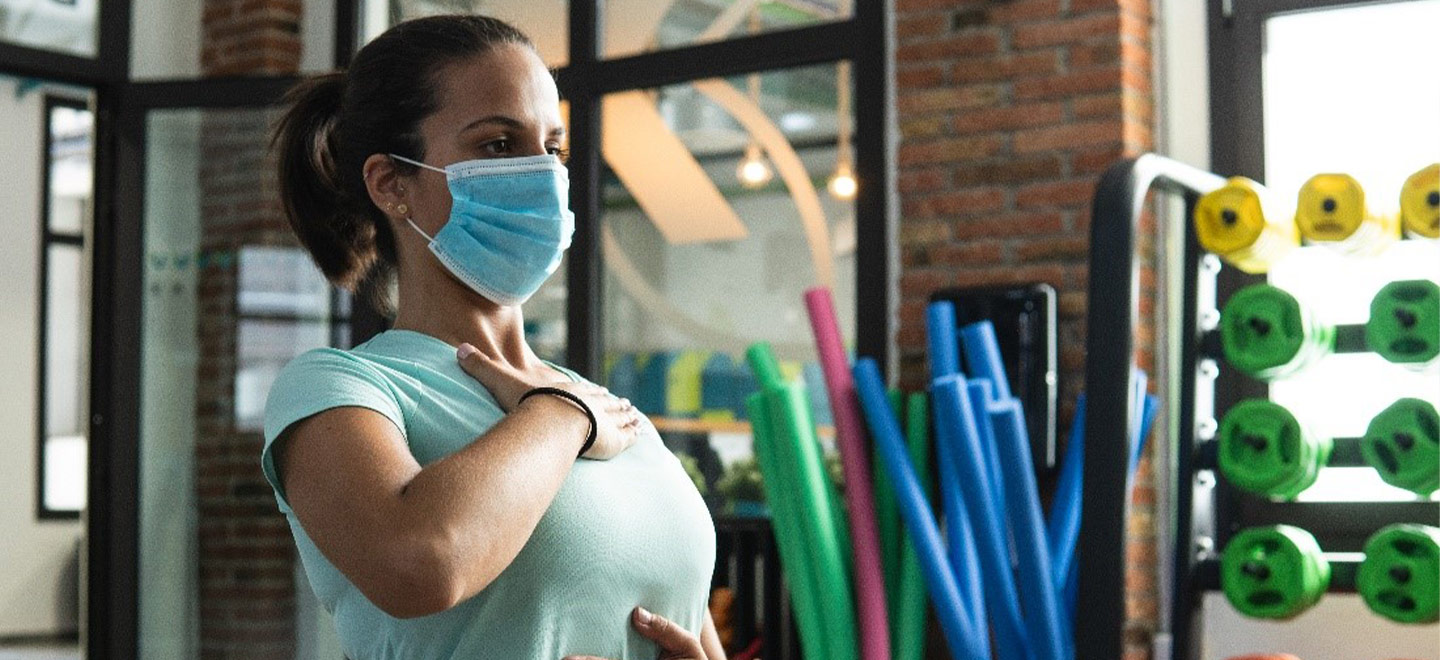“From the breath we take at birth, loudly crying to announce our existence to the world, to the last mile of life, the last breath of life, even if we ignore it, breathing is happening all the time, breathing is more important than we think!”
When normal inhale, the intercostal muscles contract to raise and expand the ribs, so that the volume of the chest becomes larger, and the pressure in the chest becomes smaller, forming a pressure difference. The pressure difference allows the air to be humidified and heated by the nose first, and pass through the pharynx, larynx, trachea, bronchi, and then reach the final destination - alveolar, so it can complete the gas exchange successfully. On the contrary, exhalation is intercostal muscles relaxation and the ribs drop, reducing the volume of the chest cavity and increasing the pressure, forcing air and carbon dioxide out of the lungs. Chest breathing, in which only the upper third of the lungs are dilated, is shallower than abdominal breathing and allows for rapid breathing during strenuous exercise or when more oxygen is needed for a short period of time.

However, if only the upper part of the lungs is used for gas exchange over a long period of time, the elasticity of the lower and middle areas of the lungs will deteriorate, respiratory function will begin to decline, and respiratory and lung diseases will be prone to. At ordinary times, therefore, one should be used to do abdominal breathing, abdominal breathing and the difference between thoracic breathing, abdominal breathing will be particularly emphasize the movement of the diaphragm, inspiratory when deliberately let the diaphragm more down, epigastrium will be raised at the same time, make the chest to expand the scope of more big, let the gas goes deep into the lungs more at the end of the alveolar area of the part.
What group of people needs abdominal breathing more?
Abdominal breathing can be used by the general public for maintenance and prevention of lung diseases. It is also recommended for people with the following symptoms to use abdominal breathing as part of training and rehabilitation
- Obstructive sputum causes trouble clearing and lung dilatation.
- A person potentially loses their airway clearing function by buying something.
- Confer a barrier to gas exchange.
- Relaxation causes poor muscular endurance.

Or patients with the following diseases or conditions are also suitable for abdominal exercises
- Obstructive pulmonary disease (COPD).
- Lent interstitial lung disease.
- Alveolar pulmonary fibrosis.
- A patient who spends long periods of time relying on a respirator causes respiratory muscle function to deteriorate after extubation.

The practice of abdominal breathing
- Sit in a sitting position or lie flat and bend your knees in a comfortable position. Wear loose clothing to allow free movement of the chest and abdomen.
- Placing one hand in the center of the chest and the other hand under the rib cage allows people to see if they are moving correctly in real time.
- Inhale slowly through the nose, and do the largest abdominal bulge, that is, to put the hand on the abdomen and has the feeling of lifting.
- When exhaling, exhale through the mouth, the hand placed on the abdomen can feel the abdomen dropping, and the other one hand can press the abdomen slightly inward and upward to help lift the diaphragm.
Note:
- A person takes about 10 to 12 breaths per minute at a rate of 1:2 to 1:4 between inhale and exhale.
- Repeat the breathing pattern for one minute, followed by a two-minute rest; perform this operation several times a day for about 30 minutes.
- Anyway, if you feel mildly dizzy or uncomfortable, change the length and depth of your breath, or stop training to breathe normally at once.
- People with COPD spend time relaxing their airway by breathing out gently and slowly to slow down the flow rate and increase the duration of exhalation.

Abdominal breathing can achieve better results if it can be combined with pouting. The purpose of pouting is to maintain the respiratory pressure during the exhalation period, reduce the occurrence of lung collapse and make the respiratory tract unblocked.
The practice of pouting
Pucker your lips as if to whistle. Lean forward slightly into your thighs or rest your hands on your thighs or tabletop to help smooth exhalation. Pucker your lips slowly and silently count to 6 seconds.
Slow, deep breathing keeps the lungs healthy
As mentioned earlier, abdominal breathing takes time to practice. The diaphragm, like any other muscle in the body, needs long-term training to strengthen its ability to contract. Abdominal breathing is also known as "deep breathing," but it involves more diaphragm movement than normal deep breathing, which effectively increases the amount of air taken in. Although our breathing pattern cannot be 100% abdominal breathing, by repeating 10-20 times a day and making the diaphragmatic movement a habit, we can slowly increase the depth of breathing and eventually increase the proportion of abdominal breathing, resulting in healthier lungs.


